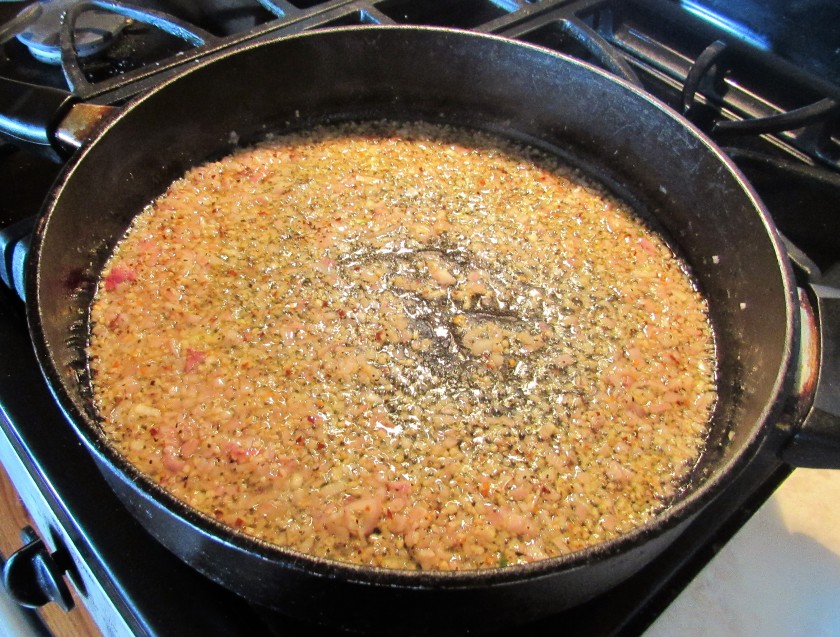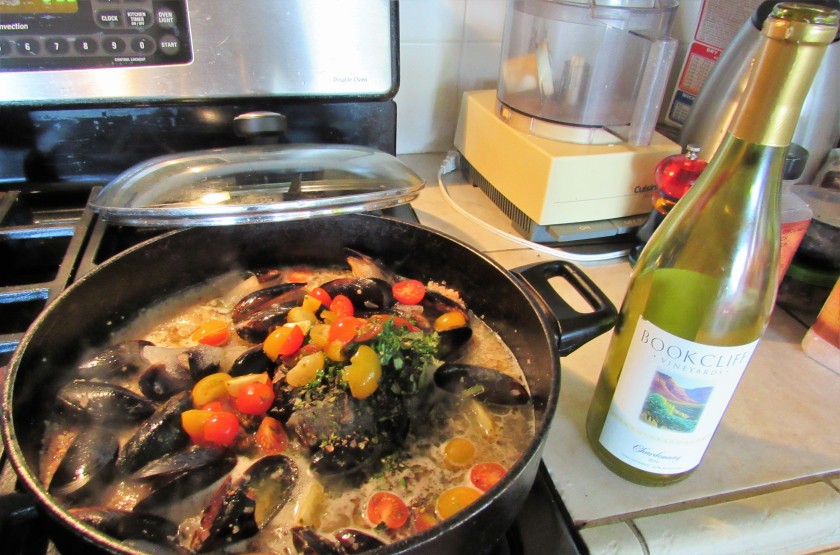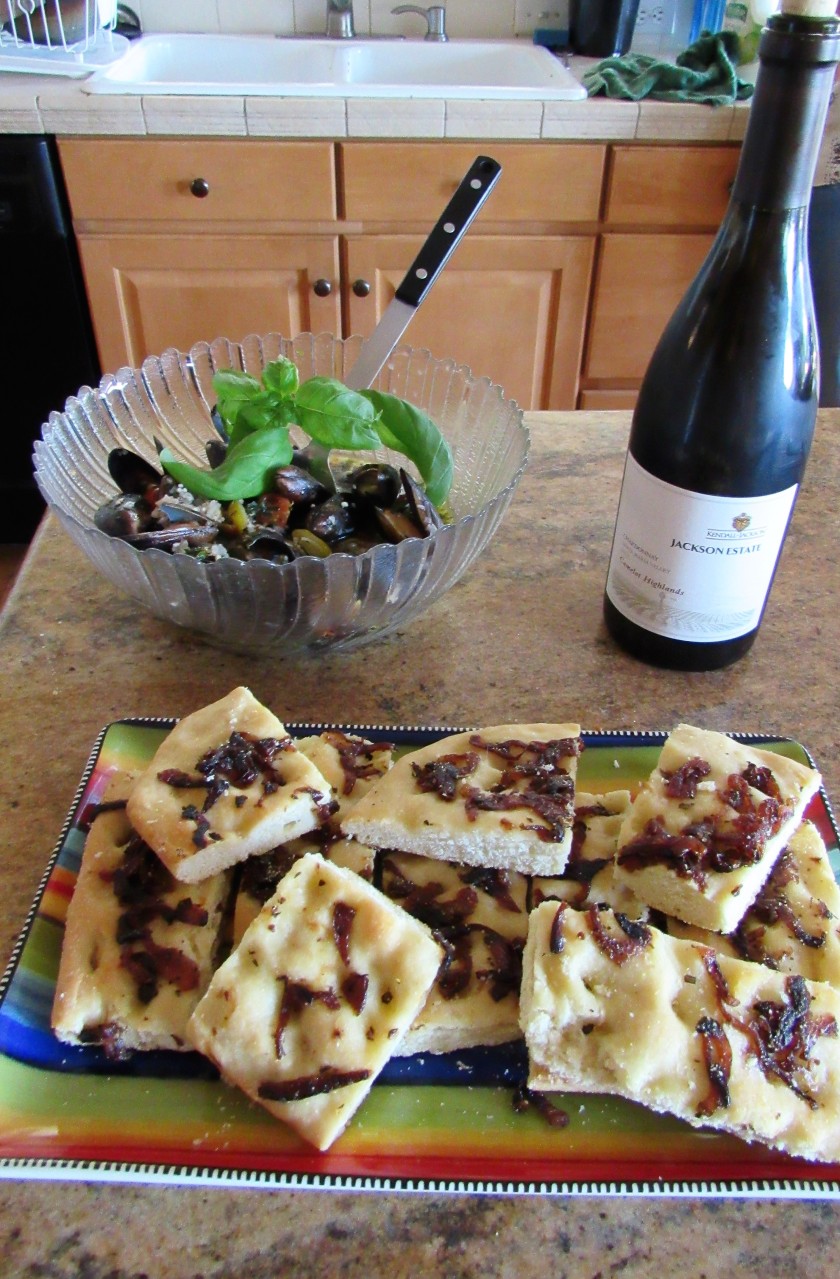Mussels are members of the bivalve family, along with clams, scallops and oysters to name a few. Today, there are about 9,000 different types of bivalves that can be found all over the world. They have inhabited the waters around the world for hundreds of millions of years, and can be found everywhere; in all types of waters, in all climates. You can find them in the warm tropical waters as well as the frigid waters of the arctic, from fresh water to salt water. They also come in all sizes, ranging from microscopic all the way up to the huge giant clams that can be up to about 4 feet in diameter and weighing about 440 pounds. I have seen those while diving at the Great Barrier Reef in Northern Australia. They are beautiful, magical and mystical all at the same time. These giant clams, however, are not really used as a general food source.
Bivalves in general are very healthy and nutritious. They are probably, pound for pound, some of the most densely nutrient foods on the planet. They are considered to be nutrition powerhouses. Each type of bivalve has it’s own specific nutrient pack as well, but in general, all are a great source of protein, minerals and vitamins. Mussels are noted for having high amounts of vitamin B12, as well as vitamin C. Because of the density of the B12, selenium and manganese they contain, and they are also very high in protein, mussels are great for cellular health, DNA synthesis, fat and carbohydrate metabolism, connective tissue and bone health and blood sugar regulation. Just 15-20 mussels can contain as much protein as one 6-oz steak. Mussels have been a major food source for the world’s coastal residents for well over 20,000 years, and have been cultivated for food for almost 800 years. Unfortunately though, mussels and bivalves in general get a bad rap and people are afraid to eat them because they believe them to be full of mercury. This is a misconception though. Because bivalves are so low on the food chain, they have a minimal risk of contamination from heavy metals. The higher up on the food chain the fish are, the more likely they are to be contaminated by mercury and from other heavy metals. In fact, mussels and bivalves actually are noted as having the lowest amounts of mercury of all seafood. So unless, you are allergic to seafood and specifically shellfish, mussels and bivalves are very nutritious and healthy to eat.
As I have said many times, we love seafood of all kinds, and we try to eat seafood at least once a week. When we are somewhere near a coast, or if we are diving, we eat fresh seafood almost daily. One of my favorite ways to eat mussels is to poach them in white wine with shallots, garlic, herbs and tomatoes. YUM!!!

I sauteed my shallots and garlic in butter and a little olive oil first, then I added the white wine, mussels and all my other ingredients. If you can, use the same wine your are going to serve with the meal. Poach the mussels while they are still frozen. Do not let them thaw out or they will not open properly. NEVER eat mussels or other bivalves that have not opened, and do not force them to open.


Once everything is added, cover the skillet with a tight fitting lid and steam for about 5-7 minutes. You can eat them as is, serve them over pasta or rice, or with bread. The broth is so delicious that it also becomes part of the dish, so make sure you serve it with something that will absorb all the flavors of the broth as well. I served it with my left over focaccia with caramelized onions Focaccia with Caramelized Onion Marmalade as an appetizer to our main meal when we had friends over for dinner.

Mussels Steamed with White Wine and Shallots
1-2 lbs frozen mussels (keep them frozen right up until you place them in your skillet)
2 shallots, minced
2 TBSP garlic
butter and olive oil for cooking the garlic and shallots
1 cup dry white wine and/or lemon juice
salt & pepper to taste
red pepper flakes to taste
tomatoes, any kind of tomatoes works – I like using a variety
fresh basil, thyme, oregano, lemon verbena (optional), or herbs of your choice, chiffonade (cut into thin strips)
more butter as a finish
Saute the shallots and garlic in butter and olive oil first, for about 3 minutes, then add all the rest of the ingredients, including the frozen mussels. Cover tightly and steam for about 5-7 minutes. If you want a richer, creamier texture, add some more butter to the sauce after everything has cooked, then serve either by itself, or on top of rice or pasta, or with bread. I have served and enjoyed it all ways. Enjoy it with a nice glass of chardonnay or any other dry white wine. Mangia!
Looks good
LikeLiked by 1 person
Thank you.
LikeLike
I order the mussels cooked that way practically everywhere I go, my favourite! yours look delish!
LikeLiked by 1 person
Thank you. Now you can make them at home too. 🙂
LikeLiked by 1 person